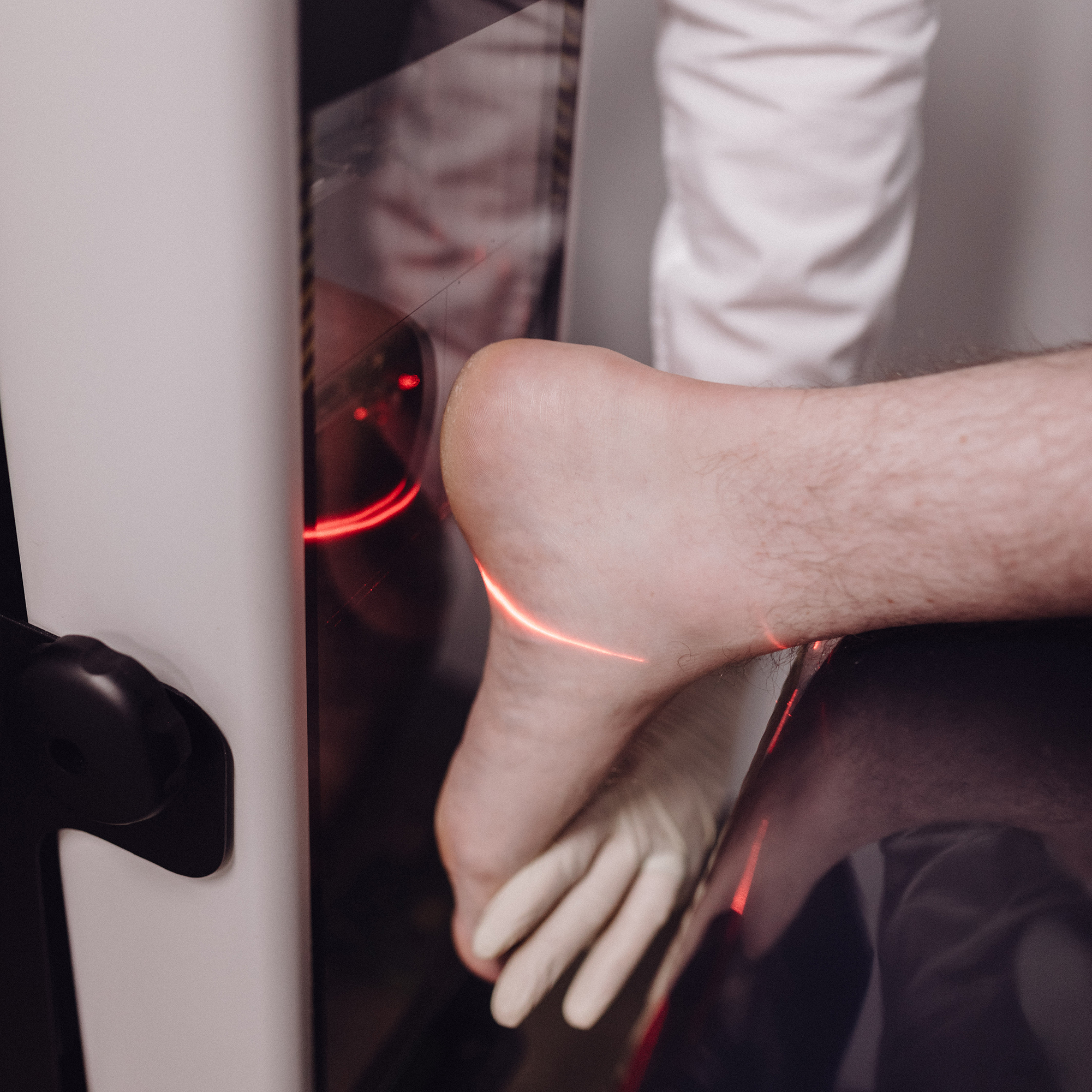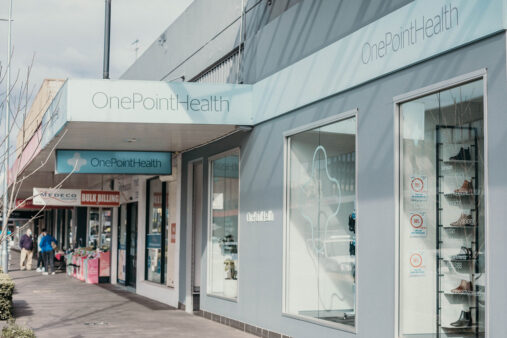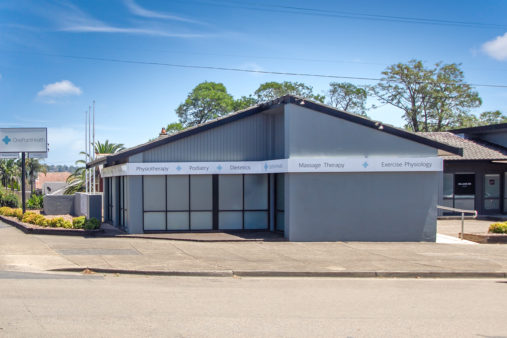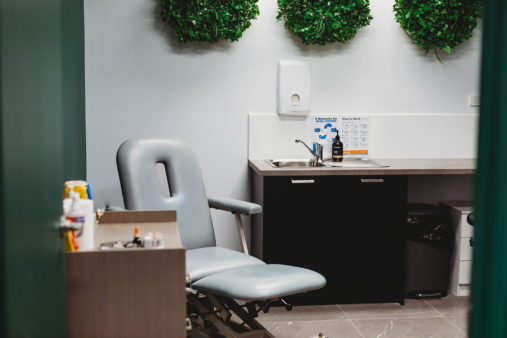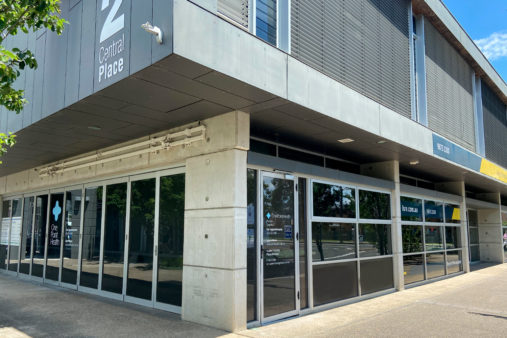A biomechanical assessment is a vital aspect of podiatry aimed at evaluating, diagnosing, and treating musculoskeletal conditions, sports injuries, and complex chronic cases related to the feet and lower limbs. This comprehensive evaluation involves a range of tests and exercises tailored to address the patient’s main concerns and pain. Our skilled podiatrists meticulously observe and analyse lower limb mechanics to create evidence-based treatment plans, essential for identifying the root causes of foot and lower limb dysfunction.
What is a Biomechanical Assessment?
A biomechanical assessment, conducted by a specialised podiatrist, is a thorough evaluation of a patient’s lower limb mechanics to diagnose and treat issues related to gait, posture, and musculoskeletal structure. This one-hour assessment includes the following components:
- Medical and Pain History: Gathering relevant medical history and detailed information about the patient’s complaints and lifestyle to gain deeper insights into their condition.
- Joint Range of Motion (ROM) Assessment: Evaluating key joint movements to identify any biomechanical abnormalities.
- Muscle Strength and Flexibility Testing: Assessing muscle strength and flexibility in the foot, ankle, and lower leg to understand their impact on foot mechanics.
- Foot Posture Evaluation: Examining the static foot posture to detect any abnormalities in arch height, pronation, or supination tendencies.
- Footwear Assessment: Reviewing regular footwear to ensure it supports the patient’s specific biomechanical needs and has adequate footwear features to be a good supportive shoe.
- Gait Analysis: Observing the patient’s walking and possibly running to analyse body and foot position, joint movement, and lower limb alignment.
- Specialised Tests: Conducting additional tests if needed, such as assessing ligament stability or neuromuscular function.
- Diagnosis and Treatment Plan: Establishing a diagnosis and presenting a personalised treatment plan, which may include custom orthotic prescription, exercises, physical therapy, dry needling, shockwave therapy sessions, footwear recommendations, or referrals to other specialists.
Who Can Benefit from a Biomechanical Assessment?
Biomechanical assessments can benefit:
- Athletes looking to improve performance and prevent injuries
- Individuals with chronic foot, ankle, knee, hip or back pain
- Patients with diabetes requiring gait evaluation and foot care
- Children with pediatric lower limb conditions
- Those looking to correct posture issues causing pain
- People who need specialised footwear recommendations
Our Clinic’s Biomechanical Assessment Expertise
Our clinic specialises in biomechanical assessments and gait analysis. Our podiatrists have advanced certifications in lower extremity biomechanical examinations. We utilise state-of-the-art technology like video gait analysis, pressure plate sensors, and 3D foot scanning. This allows us to conduct accurate, comprehensive assessments.
Advantages of a Biomechanical Assessment
A biomechanical assessment offers numerous benefits, providing a better understanding of lower limb biomechanics and preventive/treatment measures. The advantages include:
- Accurate Diagnosis: Podiatrists can accurately identify the underlying causes of symptoms and create targeted treatment plans.
- Personalised Treatment: Tailored treatments based on assessment findings and supported by high-quality evidence.
- Preventative Care: Early detection of potential issues can prevent the development of major injuries or chronic conditions.
- Improved Sports Performance: Athletes and active individuals can enhance their performance and reduce the risk of sports-related injuries.
- Postural Correction: Addressing postural abnormalities improves body alignment and reduces strain on joints and the overall body.
- Guidance on Footwear: Expert advice on appropriate footwear to enhance foot comfort and support during daily activities.
- Enhanced Mobility: Optimisation of foot and lower limb functioning leads to improved mobility and ease of movement.
Customised orthotic therapy is a common treatment modality used after an assessment to help realign the feet and distribute pressure properly.
What to Expect During the Assessment
Our biomechanical assessments take approximately one hour to complete. Patients should wear comfortable athletic shoes and clothing. No special preparation is needed.
Next Steps and Booking
To book a biomechanical assessment, contact us or request an appointment online. Our staff will guide you through the process and answer any additional questions you have. We look forward to helping you resolve lower limb pain and improve movement!
